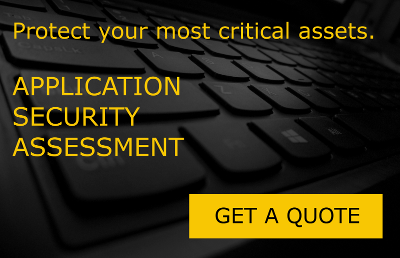In today’s hyperconnected world, what you see — and hear — can no longer be trusted at face value.
Fueled by advances in artificial intelligence, deepfakes and disinformation campaigns are emerging as powerful tools for cybercriminals and state actors alike. Whether impersonating a CEO’s voice to authorize a wire transfer or manipulating public opinion with synthetic news, these modern identity attacks are rapidly reshaping the threat landscape.
At Illumant, we specialize in exposing hidden risks — and disinformation is among the most insidious. In this post, we explore the growing impact of deepfake and identity attacks, explain how to spot them, and offer strategies for staying ahead of digital deception.
🧠 What Are Deepfakes and Identity Attacks?
A deepfake is a digitally altered piece of media — video, audio, or image — created using AI to simulate a real person’s likeness or voice. These synthetic files can be almost indistinguishable from the real thing.
Identity attacks go a step further: using deepfakes, stolen credentials, or fabricated personas, attackers impersonate individuals to deceive targets and gain access to sensitive information, influence decision-making, or spread disinformation.
Disinformation campaigns often combine deepfakes, bots, and fake accounts to sow confusion, manipulate beliefs, or create false narratives — particularly in politically or economically sensitive contexts.
🎯 The Real-World Impact of Deepfakes and Disinformation
What was once the realm of sci-fi has quickly become a real-world problem:
-
Executive Impersonation & Fraud
Attackers have used AI-generated voice clones of executives to trick employees into authorizing fraudulent wire transfers — in some cases stealing millions of dollars in minutes. -
Misinformation at Scale
Synthetic media is used to falsify news clips, forge public statements, or create convincing but fake evidence — eroding trust in media, institutions, and elections. -
Social Engineering Amplification
Deepfakes boost phishing and vishing success rates by making scams more convincing. A fake video message from “IT support” is more effective than a text-based phishing email. -
Reputation Damage
False videos can ruin individual or corporate reputations overnight — long before the truth can catch up. Even after debunking, public doubt may linger. -
National Security Risk
Foreign adversaries use disinformation and synthetic content to influence public opinion, disrupt markets, and destabilize democratic processes.
🕵️ How to Spot a Deepfake
While deepfake technology is improving, there are still signs you can watch for:
- Unnatural facial movements (blinking, smiling, or syncing that feels “off”)
- Strange lighting or inconsistent shadows
- Mismatched lip-syncing or audio timing
- Distorted edges around the face or hair
- Sudden changes in tone, expression, or video quality
- Background anomalies or unnatural blurring
- Context clues — such as a person saying something they normally wouldn’t, especially in sensitive contexts
Audio deepfakes are harder to spot but may include:
- Robotic or overly smooth speech patterns
- Uneven background noise or mismatched acoustics
- Slight accent mismatches or pacing irregularities
🛡️ How to Stay Vigilant Against Identity Attacks
As identity-based attacks evolve, individuals and organizations must become more skeptical, more technically equipped, and more prepared.
- Verify Before You Trust
- Always confirm sensitive requests (like payments or credential resets) through an alternate, secure channel — such as a phone call or face-to-face verification.
- Scrutinize unexpected video or voice messages, especially those containing urgent or unusual requests.
- Educate Your Workforce
- Provide training on social engineering and how deepfakes are used in scams.
- Share examples of real-world attacks to build awareness.
- Use Technical Safeguards
- Implement robust multi-factor authentication (MFA) to protect against credential compromise.
- Deploy email and video verification tools that use metadata analysis to flag suspicious content.
- Leverage deepfake detection solutions powered by AI and machine learning.
- Monitor for Misinformation
- Proactively monitor for your brand, executives, or key messages being manipulated online.
- Set up alerts for impersonation attempts across social media and video platforms.
- Promote a Culture of Caution
- Encourage a healthy level of skepticism in digital communications.
- Build clear internal protocols for reporting suspicious media or messages.
📌 Final Thoughts: In the Age of AI, Trust Must Be Verified
The threat from deepfakes and disinformation isn’t hypothetical — it’s here, now, and evolving fast.
In a digital world where appearances can be manufactured, verifying identity and intent is more critical than ever. With the right combination of awareness, training, and technology, organizations can defend against the growing wave of synthetic threats.
👉 Reach out to Illumant for more information on our Penetration Testing and Social Engineering services.


